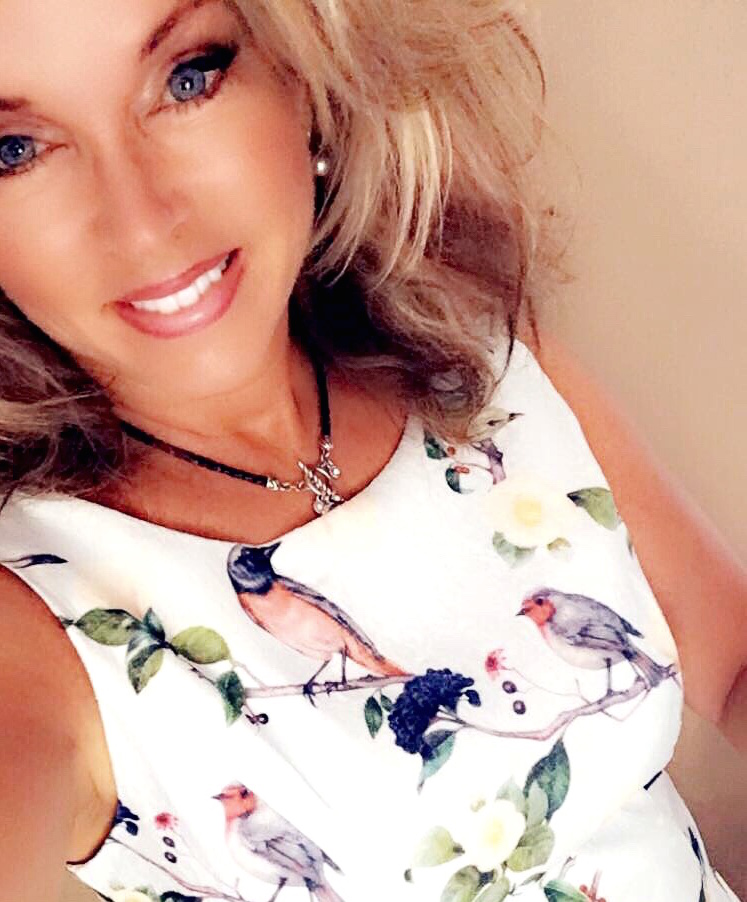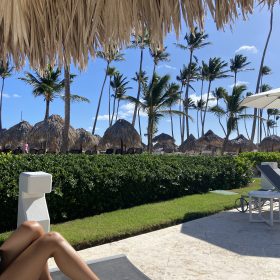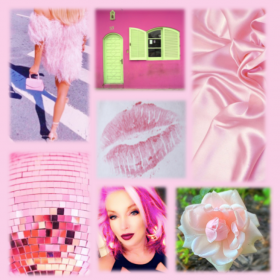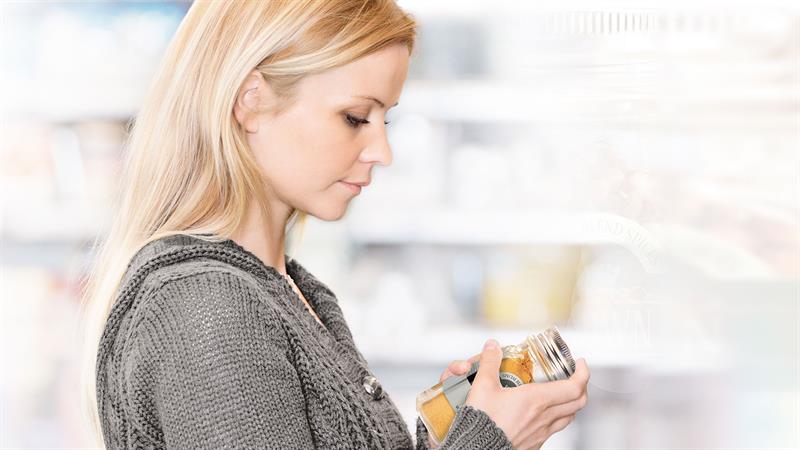
What’s in a label?

One of my careers highlights was being a founding member of the leadership team of North America’s first eco department store. Sixteen departments spanning personal care, apparel, home and kitchen, electronics, cleaning, food and pet (to name a few) to make green ‘mainstream’.
My mandate was to design a product manifesto which would become the steering guideline for the buying team, our vendors and our promise to our customers and community. All things within the store were fully researched and curated to fall into our sustainable and toxin free promise.
Near and dear to my heart are all things that go on your body. Your skin is you largest organ and anything that is put on it goes directly into your bloodstream within twenty minutes. To be very honest, prior to this massive assignment I truly gave nothing but a cursory glance at the labels of my cosmetics and personal care products…..Sheesh- did I learn a LOT!

Ok… full disclosure moment: I am not a 100% hard core adherence agent to all products of all toxins…yes, I colour my hair; yes I have bio-gel and shellacked nails (never said I was perfect though!); and will buy luscious lipsticks from prestige brands that may contain something from the list below.
Having said that though, I am very much a label reader. One of my pet peeves are the ‘big’ brands that shout out: “paraben free”, “plant based “, “inspired by nature” ingredients…and yet when you turn to the back and read the ingredients label it is fraught with a myriad of questionable ingredients.

When you Google toxin free beauty there is a plethora of articles with volumes of content. It’s overwhelming to be educated to keep your body away from known toxins. To super simplify things you truly want to be aware of those that are endocrine disruptors and those linked with cancer cells in tests. Do that one thing and you are well ahead of the game!
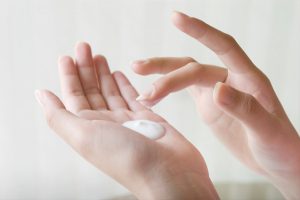
Endocrine disruptors are chemicals in products that interfere with your body’s endocrine system. They mimic (or try) hormones within your body. Typically estrogens (in females) and androgens (in males) as well as thyroid hormones are affected and research has shown they may be linked to cancer tumours, birth defects, reproductive issues and developmental disorders.
Here is my super simple and sweet list of Top 10 Uglies you do not want to see on the ingredients list of anything that goes on your body for your next trip to the drugstore or grocery store:
Parabens – bad because it is an estrogen mimicking preservative and studies have shown it in breast cancer tissue.
BHA and BHT – bad because as preservatives, they are suspected endocrine disruptors.
DEA Related ingredients – bad because it reacts with preservatives and forms nitrosamines that can cause cancer.
PEG compounds (you will typically see that they include a number PEG-4 or PEG- which indicated their molecular weights) bad because they can contain contaminants that may be related to causing cancer.
Sodium Laurel/Laureth sulphate (this is the agent that ‘foams up’ or makes the product sudsy) – bad because much like PEGs it can be contaminated with cancer causing contaminants. According to Environmental Working Group’s Cosmetic safety reviews research has shown links to endocrine disruption, developmental/reproductive disruption and possible mutations and cancer to name a few.
Tricolsan (found in hand sanitizers, toothpaste acne creams)– bad because it is a suspected thyroid disruptor.
Siloxanes (known as D4 and D5) – bad because the European Union has classified it as an endocrine disruptor.
Coal tar dyes (identified with “CI” and 5 digits) – bad because it is recognized as a human carcinogen.
Parfum/fragrance (there are thousands of chemicals used in fragrance) – bad because they can contain irritants that trigger allergies, migraines, and asthma symptoms.
Petrolatum (aka: petroleum)– bad because they may contain PAH’s which over extended use have been known to cause cancer.
Because so many of us shop our favourite brands out of habit, it’s important to read the labels and be aware of the potential harm that they may incur to you and your family. Over the past few years, it is encouraging to see of the massive power brands change up their formulations to healthier options…but there is still a very, very long way to go.

So can you have all your bathroom solutions and cosmetics be toxin free…? The answer is an emphatic YES…. Without compromising quality or performance…but that’s for an upcoming post where I will share some of my absolute favourites with you.
Stay tuned! 😉
Xo – Sandra
Sources:
Ecoholic Body by Adria Vasil (an amazing, easy read resource!)
Photo credits:
Sheknows.com
Clemson.edu
UPMRaflatac.com
Picssr.com



